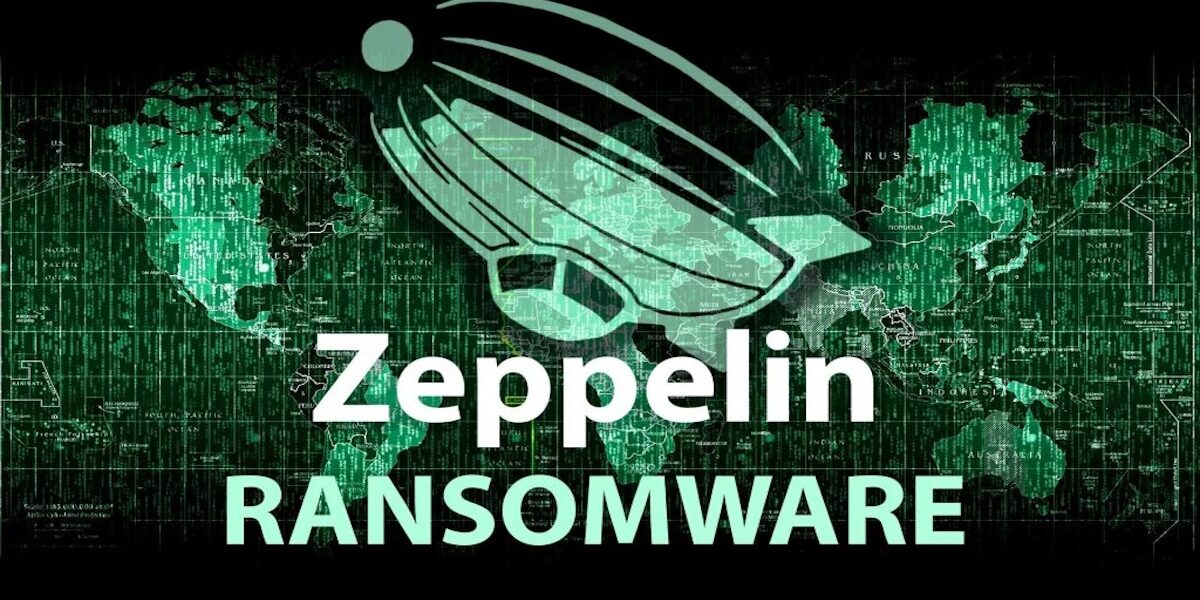The U.S. Department of Justice (DOJ) has taken significant action against cybercrime, announcing the unsealing of six federal warrants on Wednesday to seize over $2.8 million in cryptocurrency, $70,000 in cash, and a luxury vehicle linked to Ianis Aleksandrovich Antropenko, the alleged mastermind behind the infamous Zeppelin ransomware scheme.
Charged in the Northern District of Texas, Antropenko faces serious accusations, including conspiracies related to computer fraud and abuse and money laundering. According to DOJ officials, the assets in question are either the proceeds of ransomware activity or were involved in laundering these illicit proceeds, as detailed in a recent press release.
From 2019 to 2022, Antropenko allegedly utilized the Zeppelin ransomware to target a wide array of victims globally, including individuals, hospitals, businesses, and IT providers within the United States. His method involved encrypting sensitive data, stealing critical files, and extorting victims for cryptocurrency payments to regain access to their data or to prevent its public exposure.
After receiving ransom payments, Antropenko reportedly employed various methods to launder the funds, notably through the now-defunct crypto mixing service ChipMixer, which was dismantled in a coordinated international crackdown in 2023. He is also accused of converting cryptocurrency into cash and making structured deposits to evade detection by banking authorities.
Using advanced blockchain analysis, federal agents traced the laundering trail back to Antropenko, identifying cryptocurrency wallets associated with Ethereum (ETH), USD Tether (USDT), and USD Coin. They further linked his Binance accounts to the laundering operation.
The investigation into Antropenko’s ransomware activities is being conducted by the FBI’s Dallas and Norfolk Field Offices, along with the Virtual Assets Unit. Since 2020, the DOJ’s Computer Crime and Intellectual Property Section (CCIPS) has successfully prosecuted over 180 cybercriminals and retrieved over $350 million in victim funds.
Officials have indicated that the assets recovered from Antropenko will contribute to the government’s digital asset reserve, established by executive order in March 2025. This reserve is specifically designed to manage cryptocurrencies collected through criminal forfeiture, allowing federal authorities to effectively track and handle digital assets tied to criminal activities as legal cases progress.
“CCIPS and its partners have also disrupted multiple ransomware groups, saving victims from paying over $200 million in ransom,” the DOJ stated.
Understanding Zeppelin Ransomware
Zeppelin ransomware emerged in late 2019 as a Ransomware-as-a-Service (RaaS) product derived from the VegaLocker/Buran ransomware family, primarily targeting healthcare and IT companies. Although the group re-emerged with updates in 2021, its operations were ultimately shut down by November 2022.
Notably, security researchers revealed that they had acquired a master decryption key as early as 2020, enabling numerous victims to recover their data without cost. By January 2024, reports surfaced that the source code of the ransomware had been sold on a hacking forum for a mere $500, highlighting its decline and the commoditization of ransomware tools.




